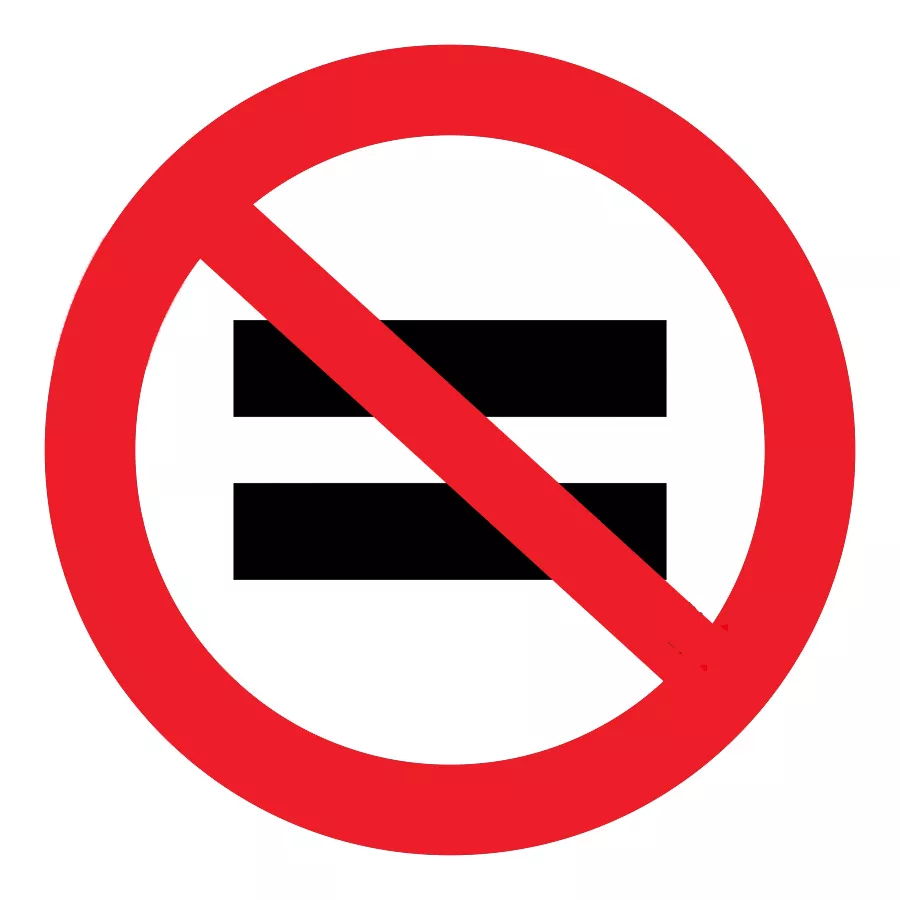
Both operators work similarly, if the right and left operands of AND are both TRUE the entire expression is TRUE, otherwise it is FALSE.
There are two AND operators in R, & and &. Let’s look at how the AND operator works. This is where the AND operator and the OR operator come in. Can there be objective truth when programming?Īt some point you may need to examine relationships between multiple logical expressions.What do you think the following expression will evaluate to?: (TRUE != FALSE) = !(6 = 7) The equals operator = tests whether two boolean values or numbers are equal, the not equals operator != tests whether two boolean values or numbers are unequal, and the NOT operator ! negates logical expressions so that TRUE expressions become FALSE and FALSE expressions become TRUE. Try using the NOT operator and the equals operator to find the opposite of whether 5 is equal to 7. An exclamation point ! will cause !TRUE (say: not true) to evaluate to FALSE and !FALSE (say: not false) to evaluate to TRUE. In order to negate boolean expressions you can use the NOT operator. Try writing an expression to see if 5 is not equal to 7. Like the equality operator, != can also be used with numbers. Not equals tests whether two values are unequal, so TRUE != FALSE evaluates to TRUE. The next operator we will discuss is the ‘not equals’ operator represented by !=. Which of the following evaluates to TRUE? Which of the following evaluates to FALSE? The less than operator and greater-than-or-equal-to >= operators. Thankfully, there are inequality operators that allow us to test if a value is less than or greater than another value. The previous expression evaluates to FALSE because 6 is less than 7. The equality operator can also be used to compare numbers. To test out this property, try evaluating (FALSE = TRUE) = FALSE. Just like arithmetic, logical expressions can be grouped by parenthesis so that the entire expression (TRUE = TRUE) = TRUE evaluates to TRUE. Use the equality operator below to find out if TRUE is equal to TRUE. The first logical operator we are going to discuss is the equality operator, represented by two equals signs =. You’re probably familiar with arithmetic operators like +, -, *, and /. It may be useful to open up a second R terminal where you can experiment with some of these expressions.Ĭreating logical expressions requires logical operators. Many of the questions in this lesson will involve evaluating logical expressions.

In R you can construct logical expressions which will evaluate to either TRUE or FALSE.

There are two logical values in R, also called boolean values. This lesson is meant to be a short introduction to logical operations in R.


 0 kommentar(er)
0 kommentar(er)
